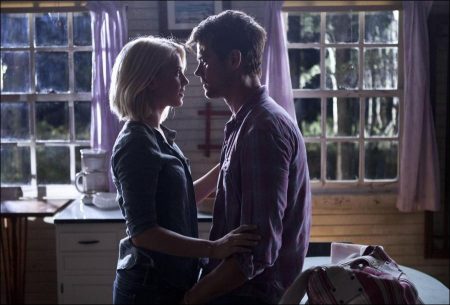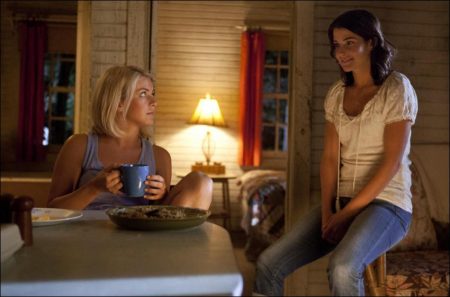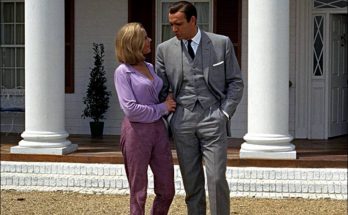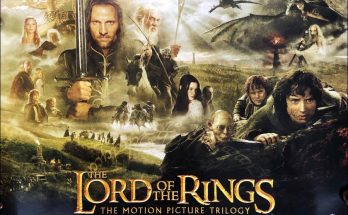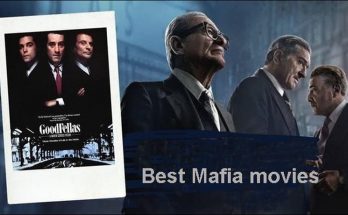Creating a Safe Haven in North Carolina. Over the course of 20 years and 17 published novels, Nicholas Sparks has become inextricably linked with the Carolinas, especially North Carolina. “People always ask if I’m from North Carolina,” he says. “I say no, but I got there as fast as I could. It is home to me. I came in 1992 for the eastern part of North Carolina and a big chunk of my job was spent driving from little town to little town.”
It was then that he fell in love with the villages that line the North Carolina coast. “North Carolina is different from a lot of other places, because the big cities are all well inland,” he says. “Almost the entire eastern part of the state is small towns. Southport is one of the gems of the North Carolina coast.
I first came here when we were filming A WALK TO REMEMBER and I thought, this is going to be the setting for one of my novels someday. I waited for a long time to get just the perfect story. Katie is looking for a safe haven, so she gets on a bus and rides to the middle of nowhere, and all of a sudden, she’s in paradise.”
The town, with its clapboard cottages, small-boat marina and live-oak-lined streets provides an atmospheric backdrop for SAFE HAVEN. “The live oaks give it a unique look,” the author says. “The boughs of the trees branch out and become distinctively gnarled, which is a function of the heat and the humidity in this area. Those branches seem to drip over the historic homes with their great porches. It’s right at the mouth of the Cape Fear River and the wind blows in off the water. All of that comes together to really create a magical setting.”
It seems like the perfect sanctuary for a young woman on the run. “Katie thinks she’s found the end of the earth,” says Sparks. “People are friendly, but they’re not going to pry. Little by little, she realizes that it’s the place she was meant to be.”
Producer Marty Bowen notes that it is extremely unusual for him to shoot in the place a story is actually set in. “It was truly unique to be a part of this beautiful, semi-undiscovered town,” says Bowen. “It’s spectacular and relatively untouched by tourism. The people there really embraced us. It’s probably the nicest place I’ve ever been in my life. It doesn’t take five minutes before someone says hello and asks you about your day. Because it was so special, we wanted to weave together the fabric of this town with the tapestry of our film.”
The filmmakers tried to work in as many of the locale’s unique attributes as they could, including an unusual technique used by fishermen there. “Gigging is a local custom that we incorporate in the movie,” says Nyberg. “People go out at night and spear the fish from a boat with these crazy, big, green lights. We wanted to honor the tradition when we discovered it in our research. We just couldn’t pass up that image.”
They also included Southport’s best-known tradition, the annual Fourth of July Parade, in the narrative. “It is an incredible event,” says Bowen. “We recreated it, including several nights’ worth of fireworks, brought to us by my favorite firework company, Black Cat. The neighbors were very patient when we were shooting off the fireworks at around four o’clock in the morning, but who doesn’t love fireworks?”
The original plan was to shoot the actual Southport Fourth of July Parade, which is famous throughout the region, regularly drawing crowds as large as 100,000 people. “The partying is legendarily wild and the crowds are huge,” says Hallstrom.
Adds production designer Kara Lindstrom: “The parade is a huge deal in North Carolina. It was fantastic, but the scale was too big. It wasn’t quite Macy’s Thanksgiving Day Parade, but it was clear that we would have no control and we would have to shoot it like a documentary, which was fine, except that we wanted to do dramatic scenes within it.”
So the filmmakers decided to stage a Fourth of July parade a week later. The production company ran a contest for locals to design parade floats and gave the winners a budget to create them. “First prize was a donation to a nonprofit of their choice,” says Lindstrom. “In addition to the floats, we also had a marching band, a drum line and an antique fire truck. In the evening, we had a community dance to take advantage of the beautiful light at dusk.”
The production designer describes the overall atmosphere of the film as “alt Southern.” “There’s a sort of washed-out quality because of the sun. Everything has an organic feel: the colors are blues, worn whites, marine gray that’s faded. It is all tied together with weathered wood.”
Whatever design decisions she was making, Lindstrom always kept the notion of a “safe haven” in mind. “We made a world where public and private, exterior and interior, are not so distinct,” she says. “Alex’s house is right across from the store and the little street that separates it is like their front hall.”
The general store was designed to fit in with the local architecture. “It’s clapboard, with a pop-up on top, often, to get a little bit more height,” Lindstrom says. “Because it’s really hot there, the whole building is basically screened with sliding doors and windows. It is the anchor for the movie because it’s where Alex works, it’s where his kids are all day, doing their homework and playing games.”
Alex’s store was built for the film, but when ground was broken, the crew made an astonishing discovery. “We built the general store on the exact same foundation as a general store that had existed there 150 years ago,” says Hallstrom. “It was a magical coincidence. There were a lot of those magical coincidences that hinted that this was becoming a special film.”
Katie’s cabin in the woods stands in stark contrast to the elegant hominess of Alex’s cottage. “It was horrid,” says Lindstrom. “And I’m so proud of it. We based it on a tiny shack that we found out on Highway 87, which was perfect, but too close to a big road. The one we built was in the middle of nowhere, on a swampy, bug-infested, but beautiful piece of property. It’s kind of nestled back, so there’s a magical, enchanted cottage feel to it, but it’s also vaguely threatening.”
Julianne Hough was initially charmed by her character’s new home, but learned quickly that shooting there was going to be an ordeal. “At first I thought, oh this is really cool. After two hours, it was the worst location ever. The trees, the bugs, the ticks, the alligators — somebody even saw a brown bear. It was hot and sticky and just nasty!”
Cobie Smulders, who shot several scenes in the cabin, describes it as straight out of a horror movie. “And then Lasse became obsessed with Lyme disease,” she remembers. “Every time we were out in the cabin, he was bringing up ticks, which made me so paranoid. But at least I didn’t run into any alligators.”
Leigh Leverett, the costume designer, has a home in Southport and based her designs on what she sees people there wearing every day. “The clothing reflects the town,” she says. “It’s relaxed, beachy, a little worn and totally comfortable. Lasse wanted everybody to look like they actually lived and worked here, so we had a lot of flip flops, shorts and t-shirts, things that keep you as cool as possible, in lighter washed-out colors.
“That was one of the big changes in Katie’s look after she arrives,” the designer continues. “In Boston, she wears darker more formal clothing. When she comes to Southport, she starts wearing lighter colors like creams and light blues. We had some shorts made for her in all different colors by a local seamstress and she wears them all the time.”
Leverett tried to allow the actors to make some decisions about their costumes, as well. “For Alex, Josh really wanted a bucket hat for some reason. So we got him one.”
Filming in Southport was a memorable experience for everyone involved. The film company still thinks of the town as their own SAFE HAVEN. “We had a wonderful summer working on something collaboratively in an absolutely beautiful place,” says Hallstrom. “All thanks go to Nicholas Sparks who wrote this story for Southport, created these wonderful characters and then allowed us to expand and elaborate on it all in a movie that I hope audiences will treasure.”
Safe Haven
Directed by: Lasse Hallström
Starring: Julianne Hough, Cobie Smulders, Josh Duhamel, David Lyons, Mimi Kirkland, Wendy Wilmot
Screenplay by: Leslie Bohem, Nicholas Sparks, Dana Stevens
Production Design by: Kara Lindstrom
Cinematography by: Terry Stacey
Film Editing by: Andrew Mondshein
Costume Design by: Leigh Leverett
Set Decoration by: Patrick Cassidy
Music by: Deborah Lurie
MPAA Rating: PG-13 for thematic material involving threatening behavior, and for violence and sexuality.
Studio: Relativity Media
Release Date: February 14, 2013
Related Link: View the Full Production Notes for Safe Haven
Views: 156

